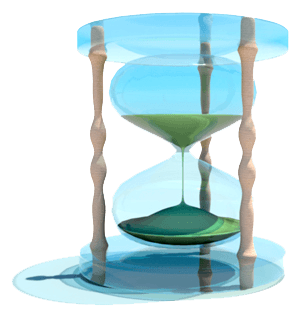Archive for October 2017
Oxygen is the Energy Molecule: Improving Athletic Performance Through Better Circulation
Why blood flow is important for athletes
Exercise is surely important for improving circulation, but how is circulation important for improving exercise? The more active you are, the more energy your body requires; as you move, the body’s metabolic rate increases and muscles demand more oxygen. More energy is needed to continue exercising without fatigue, and the body responds by producing more of the energy-storing molecule ATP. ATP is fuel for your muscles, and it is produced by a process in which oxygen breaks down glucose. Proper oxygenation of the musclesshould therefore be a priority for any athlete.
Rethink the Way you Read in Bed
What is more relaxing than reading in bed?
Reading in bed with good posture! Unfortunately, there is no correct nor ideal posture for reading in bed, and most spinal care specialists would recommend not doing it! But that’s not human nature and, acknowledging that the allure of recreating in bed is strong, we must do what we can to mitigate the damage to our spines when undertaking activities such as reading or using a laptop in bed.
Snore No More: Focus on Sleep Hygiene
Conservative remedies for combating snoring
Snoring may make you the target of family jokes, or incur you the ire of a disgruntled bed partner, but studies show that there is a darker side to snoring. Of those who snore, 75% are thought to suffer from obstructive sleep apnea. It’s no wonder that once people become aware of snoring’s role in their lives, they seek to do something about it. But it doesn’t have to be drastic action, at least at first. Most experts agree that conservative methods can help remedy your snoring before trying more aggressive treatments including medication and surgery.
Supporting Your Spinal Curves with Sitting Posture
Your spine has four essential curves
These are, from top to bottom:
- The cervical curve: 7 vertebrae, concave curve
- Thoracic curve: 12 vertebrae, convex curve
- Lumbar curve: 5 large vertebrae, concave curve
- Sacral curve: 5 fused vertebrae which connect to the 4 fused vertebrae of the coccyx, convex curve.
Describing this spring-loaded, S-shape, helps us understand how the curves compress and expand throughout the day to perform shock absorbing and stabilizing duties that keep us upright and injury free. However, compressive forces, including the excessive pressure that comes with poor posture, can work over time to actually change our spinal curvature and leave us worse off.


